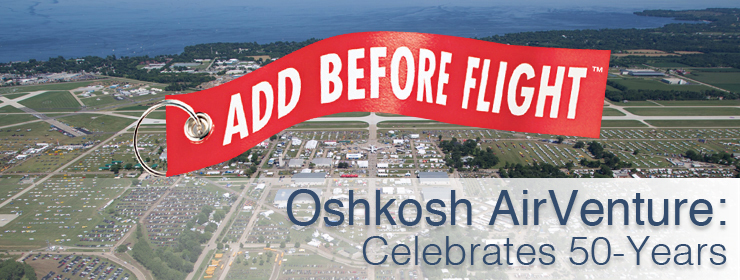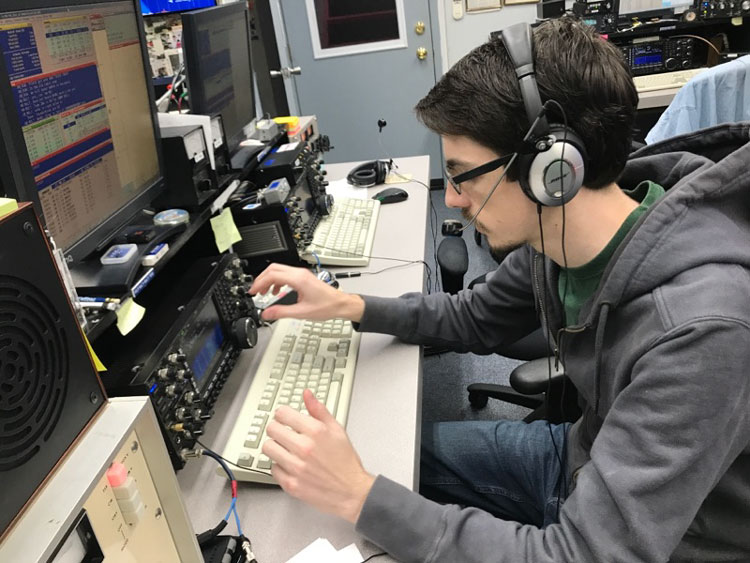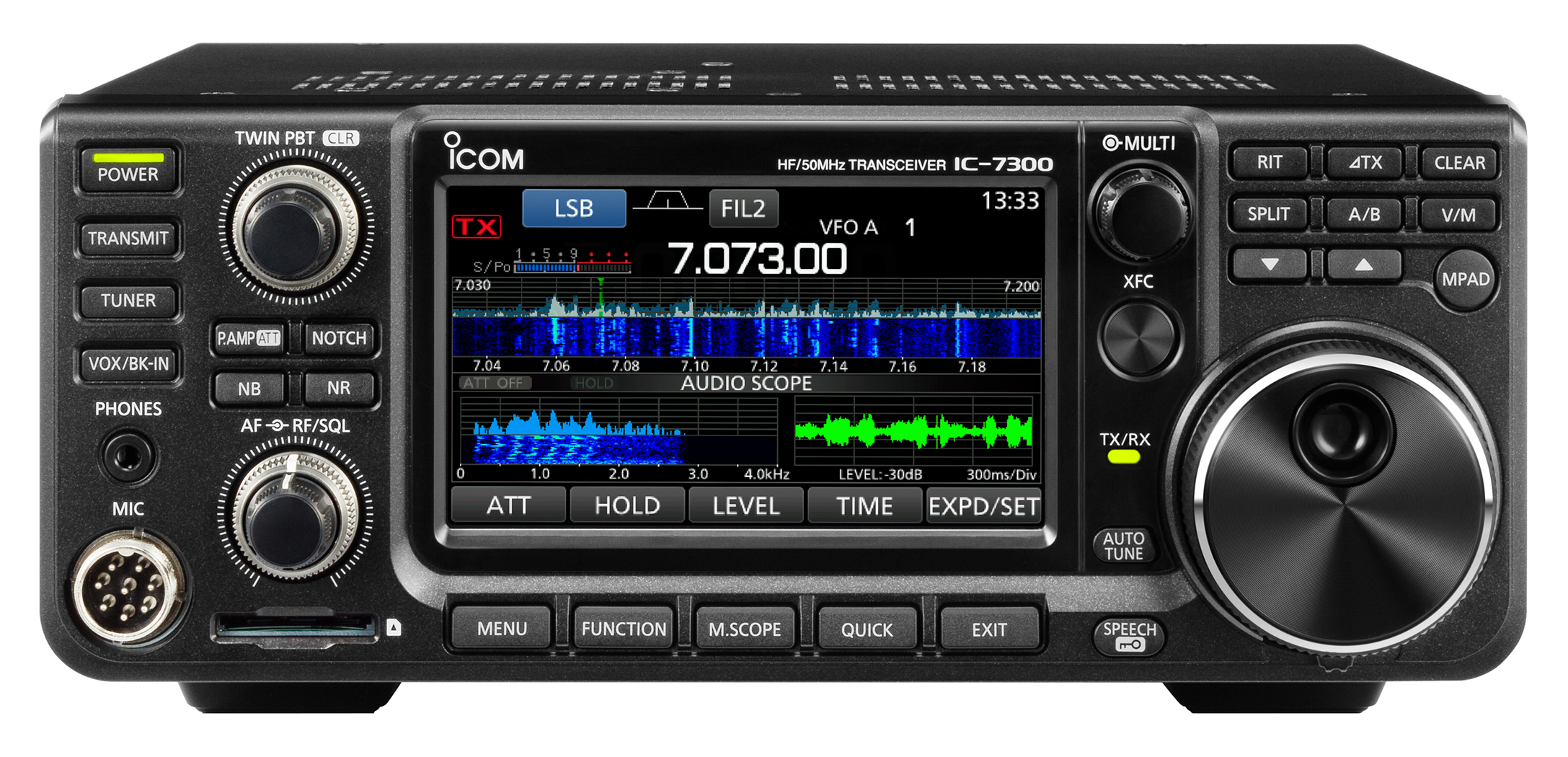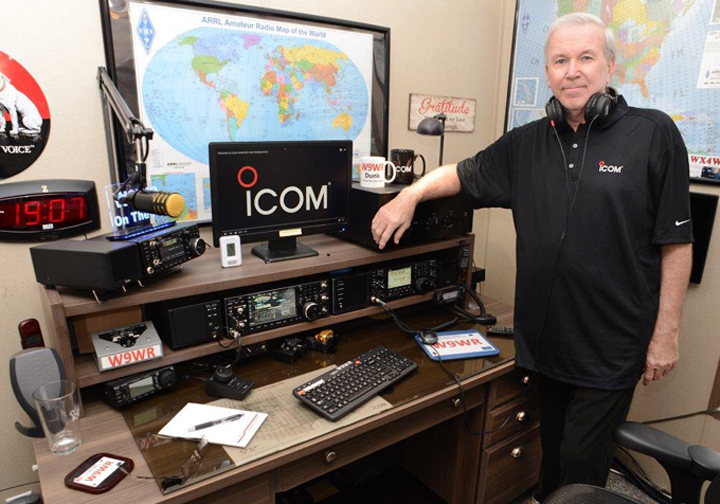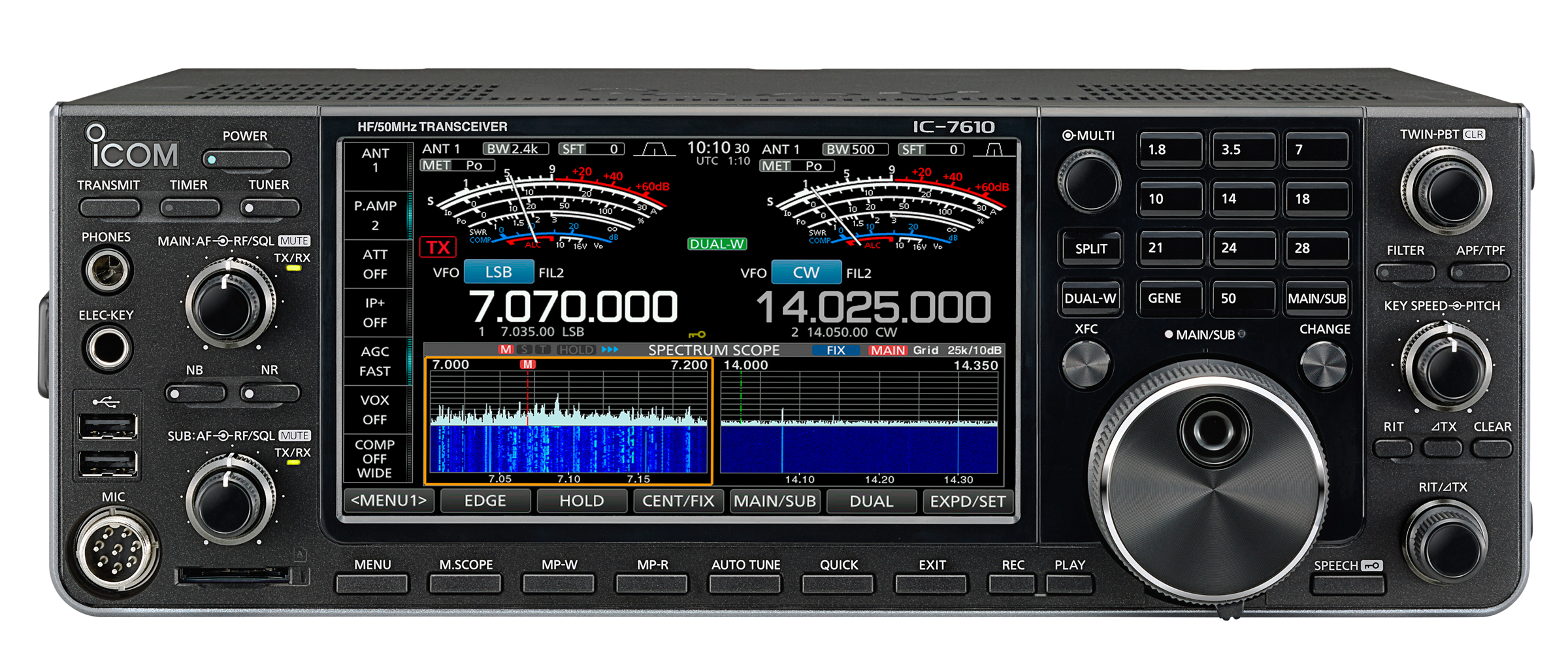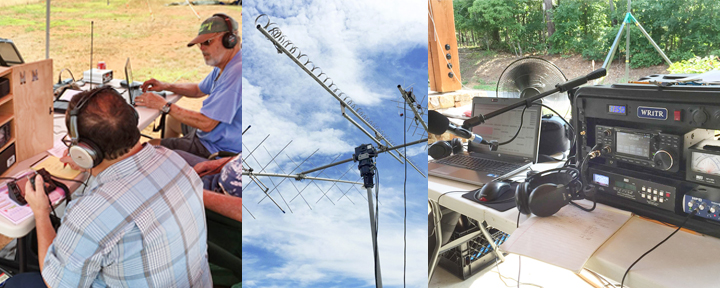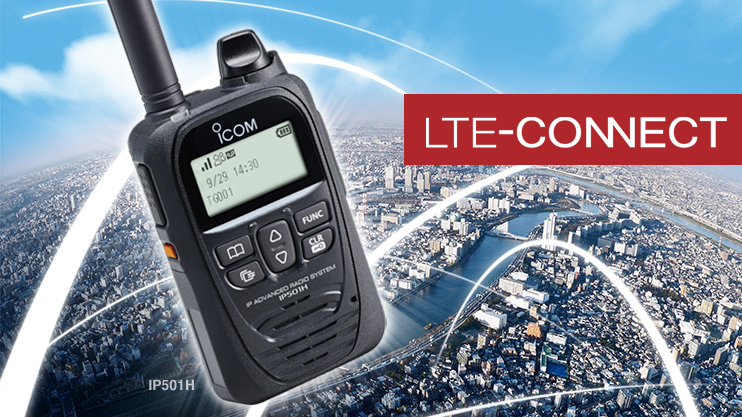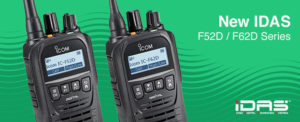How time does fly. It seems like just last week I made a post about my Field Day adventures in and around the Atlanta area. I explored the concept of Field Day as Amateur Radio’s open house and spending time with several different groups to learn what makes Field Day special for them. In truth, of course, it’s been a full 12 months and yet another Field Day is in the log. This year, I took Field Day on the road and spent the weekend with a marvelous group of young men and women up in the Boston, Massachusetts area.


